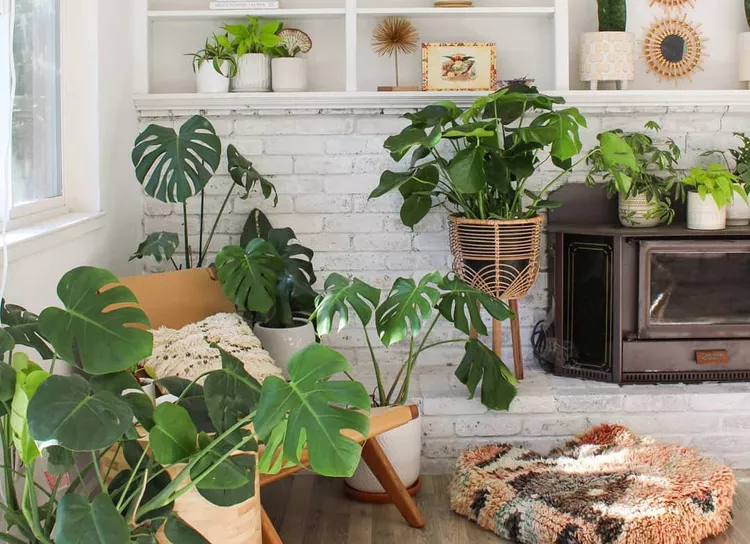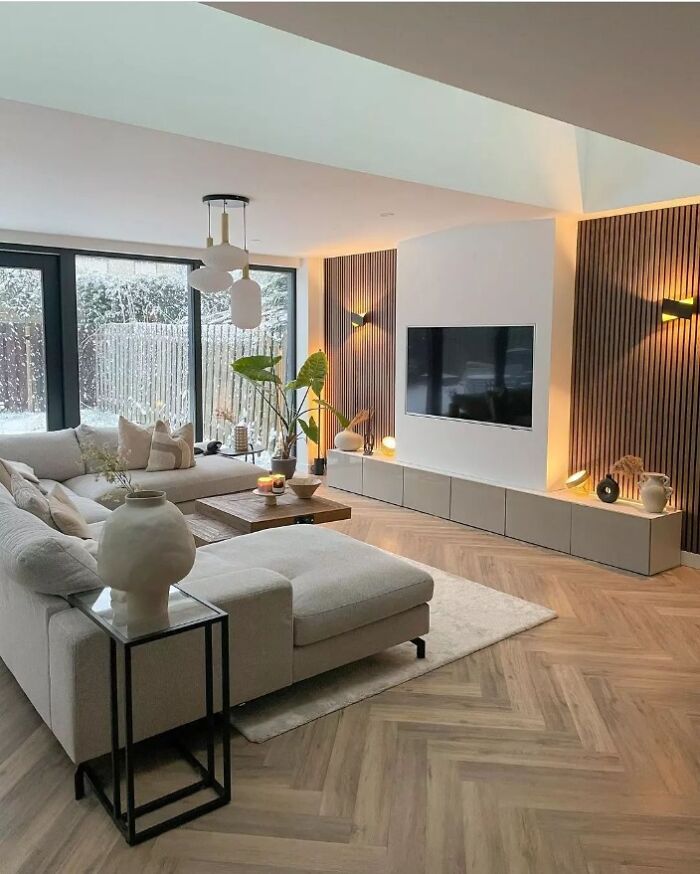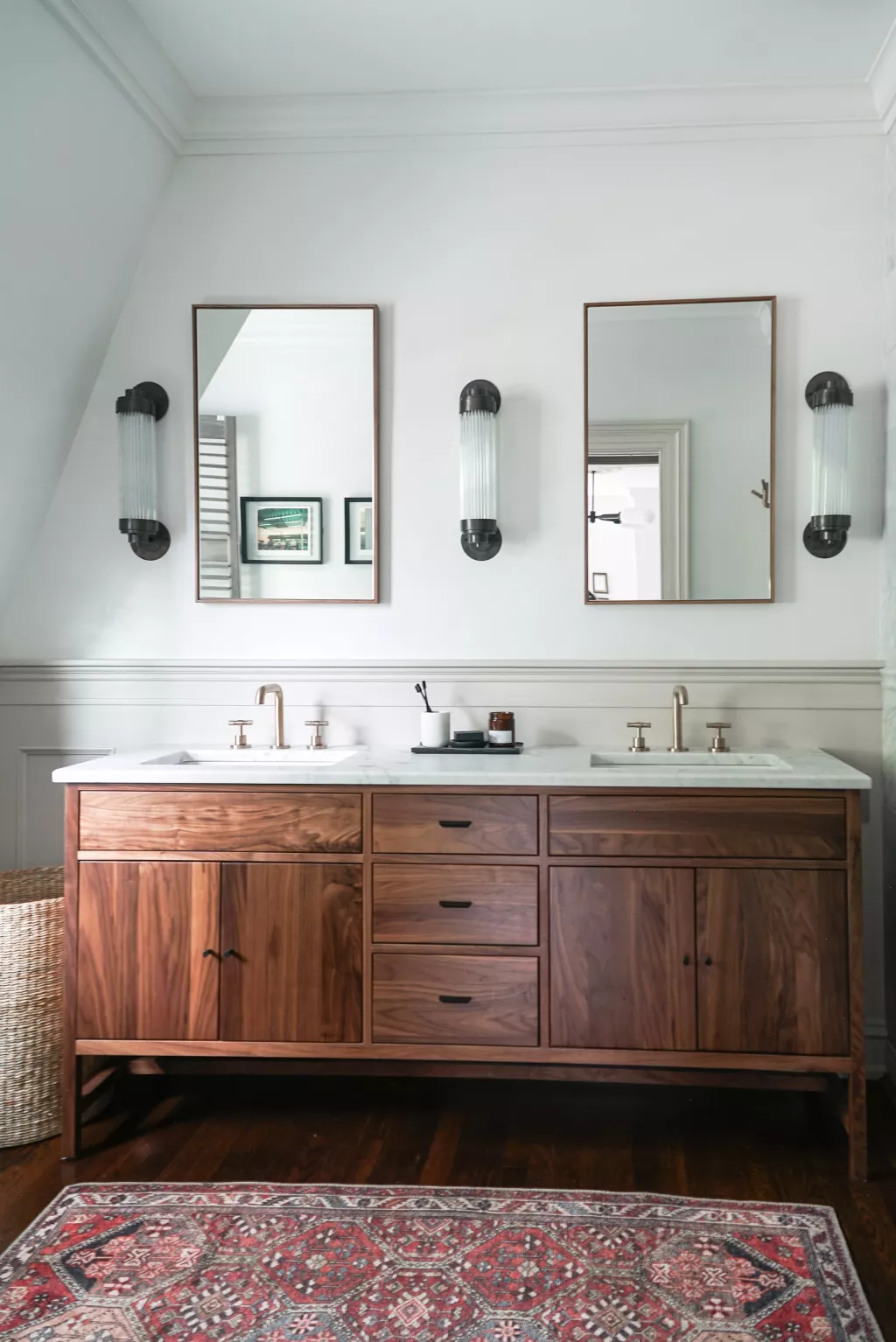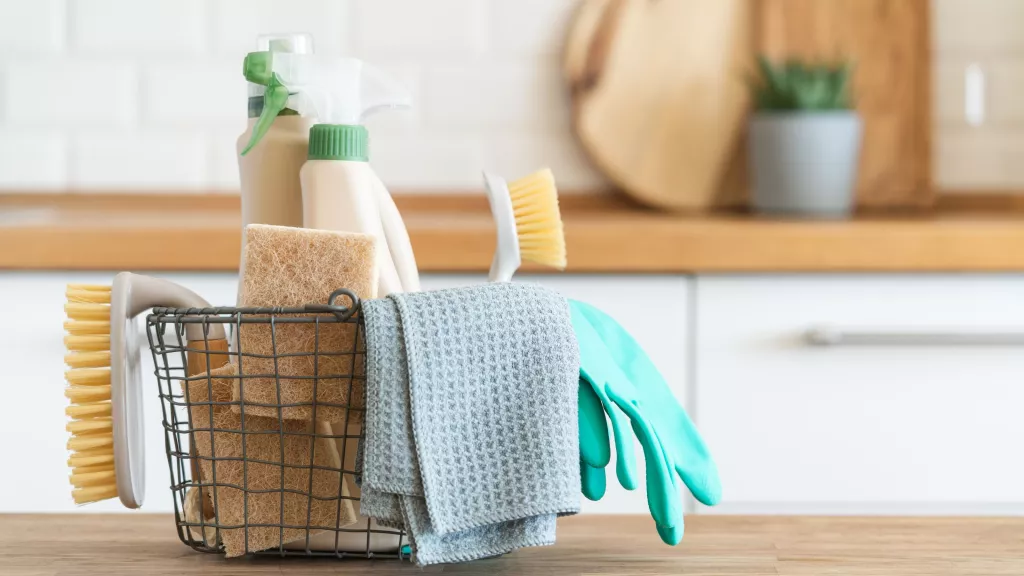It would be highly advantageous if people advised you that selecting the ideal planter is just as essential as picking the perfect plant. When you purchase a plant, it usually comes in a standard, plastic pot that has been used as a nursery pot. These pots are unattractive and lack the finesse required to compliment your plant’s beauty.To improve the visual appeal of your plant, you should consider finding a suitable planter that can accommodate your plant’s size either by repotting it or by placing the nursery pot in it, provided the plant hasn’t outgrown it.
However, choosing the right planter can be a daunting task, as there are several factors to consider, including its size, material, color, and more.
To help you make an informed decision, we consulted Erin Marino, the lead editorial director at The Sill, to offer some insights on how to choose a planter that will enhance the aesthetic of your plant.
Make Sure It’s The Correct Size
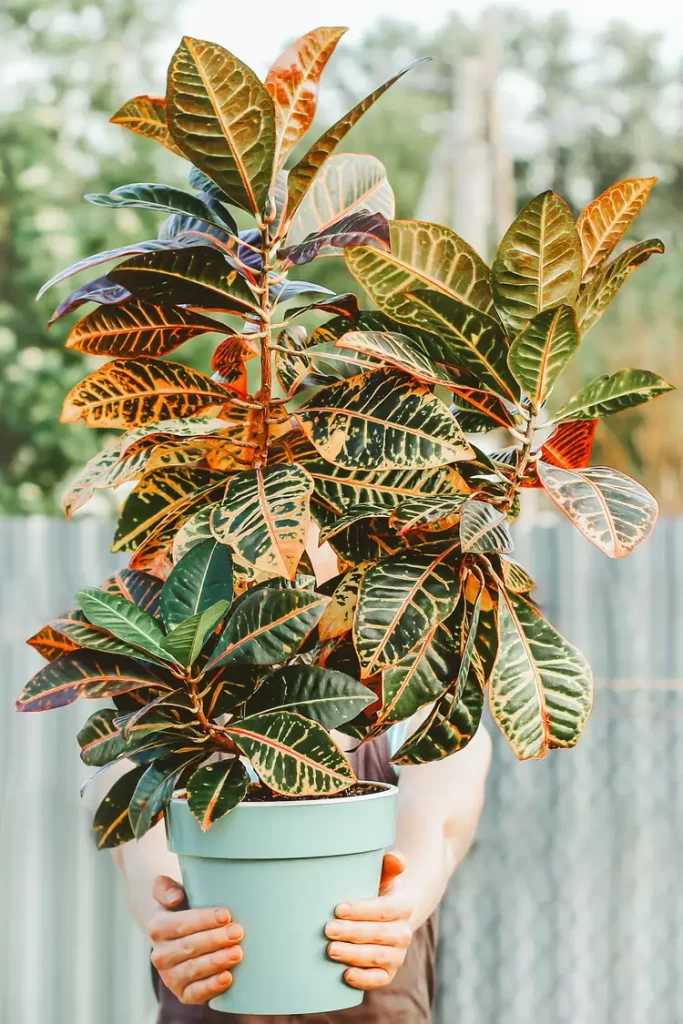
For instance, a 6-inch fiddle leaf fig is most likely in a pot with a 6-inch diameter. This is crucial information to have when choosing a new planter for your plant, especially if you do not have both the plant and planter in front of you.
If you plan to put your planter on a table or shelf, it’s best to select a size that’s no more than 2 inches larger in diameter. However, if the planter is going to be on the floor, it can be slightly larger.
It’s important to choose the right size for your plant’s new home because the larger the planter, the more water you’ll likely give it. This increases the chances of overwatering, which can be detrimental to the plant’s health. Marino advises against having the plant swim in soil and suggests giving it some breathing room. If you don’t intend to repot the plant, it’s okay to have a planter that’s larger than necessary, as long as the plant remains in the correct size nursery pot.
Figure Out What Silhouette You Want
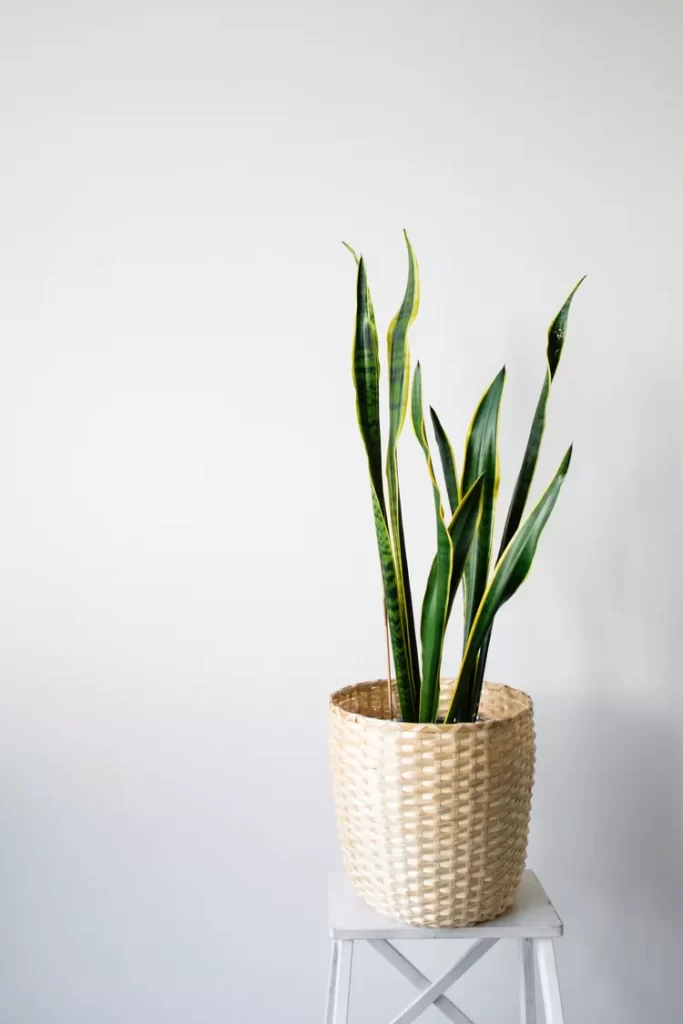
Erin Marino, the lead editorial director at The Sill, recommends short, shallow planters for small succulents with tiny root systems. These planters not only prevent overwatering, but also draw attention to the petite plants. When it comes to larger tropical plants, deeper planters are ideal for anchoring them. If the plant is wider than it is tall, adding a stand to the planter will give it some extra height.
Using plant stands is particularly beneficial for those with a large plant collection. It allows for grouping of plants at varying heights, making the display more visually appealing.
Pick a Planter That Pairs Well Aesthetically
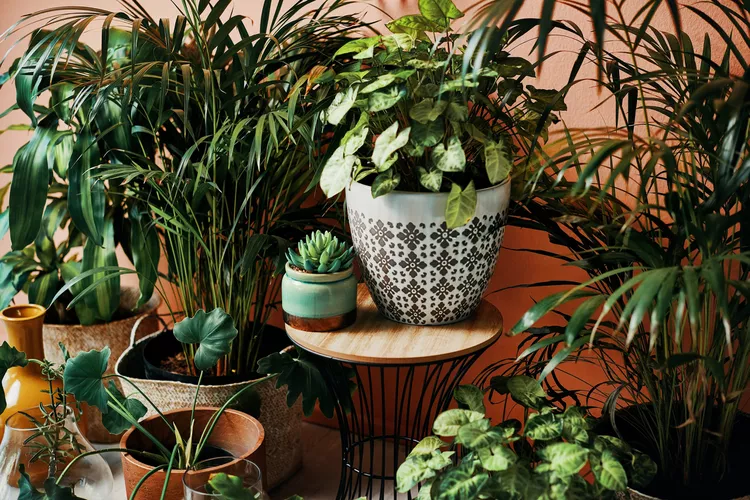
While it’s important to consider technical aspects, you also want your plant and planter to complement each other aesthetically. “If your plant has multi-colored or patterned foliage, choosing a neutral planter like terracotta or cream ceramic will allow the plant to stand out. If your plant is green and leafy, a planter in an accent color(s) will bring it to life,” advises Marino. Terracotta and cream planters are versatile and complement most decors, while accent colors add a lovely pop of color or texture to your home. “Alternatively, if your plant is mostly green but has a hint of another color (like the red edges of Dracaena marginata), consider using that color for the planter to help draw it out in the foliage,” suggests Marino. There are many ways to highlight the foliage of your plant, and a planter can add personality that a basic nursery pot lacks.
Choose a Finish That Works Well For Your Plant
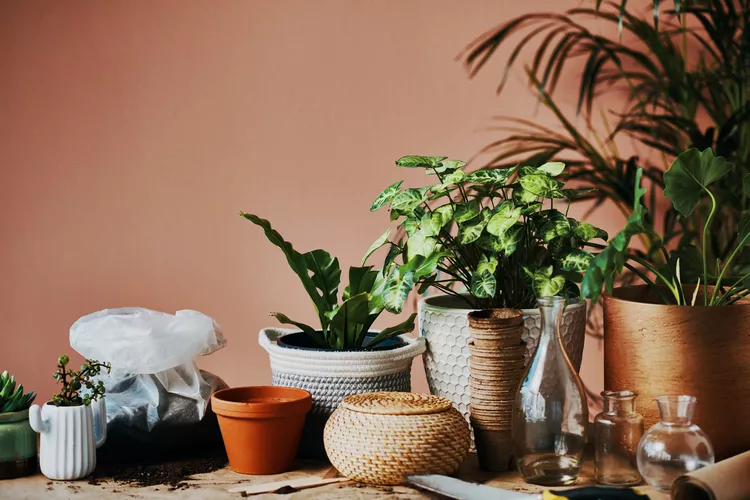
Choosing a planter that creates contrast with your plant is another great way to enhance its appearance. According to Marino, if your plant has thick glossy leaves, such as a rubber tree, a matte finish planter can provide a nice contrast. On the other hand, if your plant has non-glossy leaves, like a ficus Audrey, a glossy cream planter can be a nice complement.
Ultimately, it’s important to choose a planter that you love and that complements your space. After all, you’ll be the one looking at it all the time, so it’s essential that it looks great and makes you happy.
